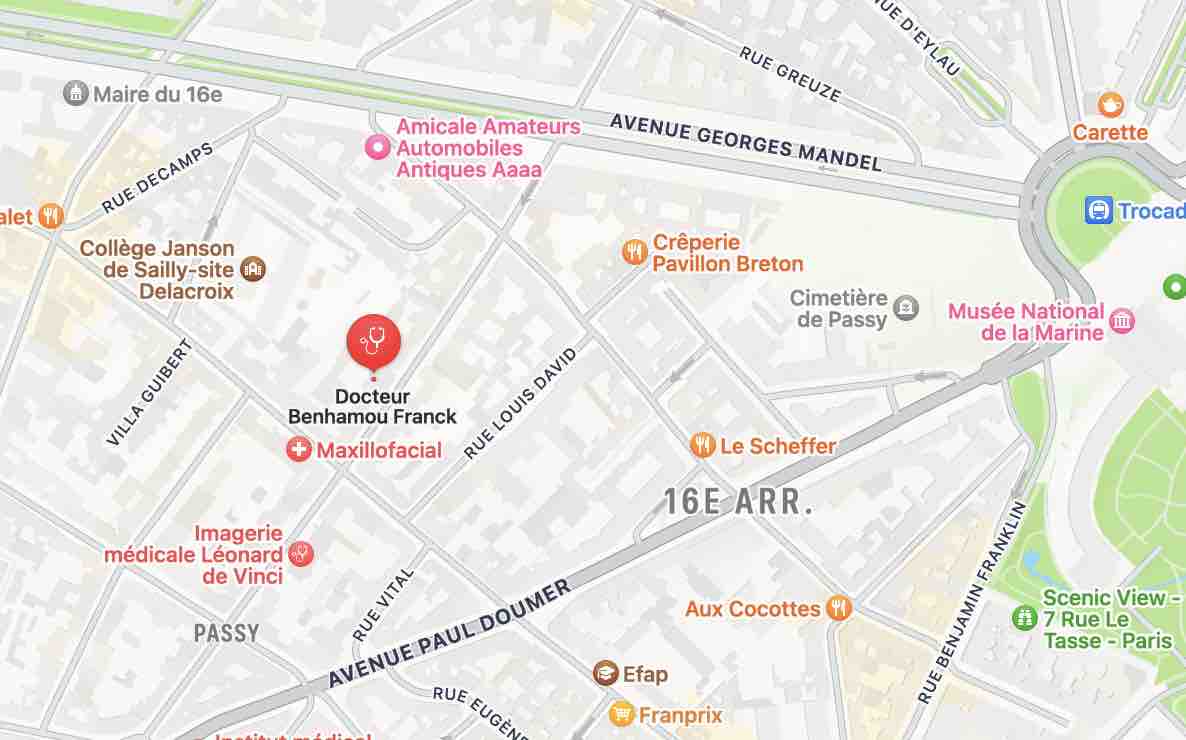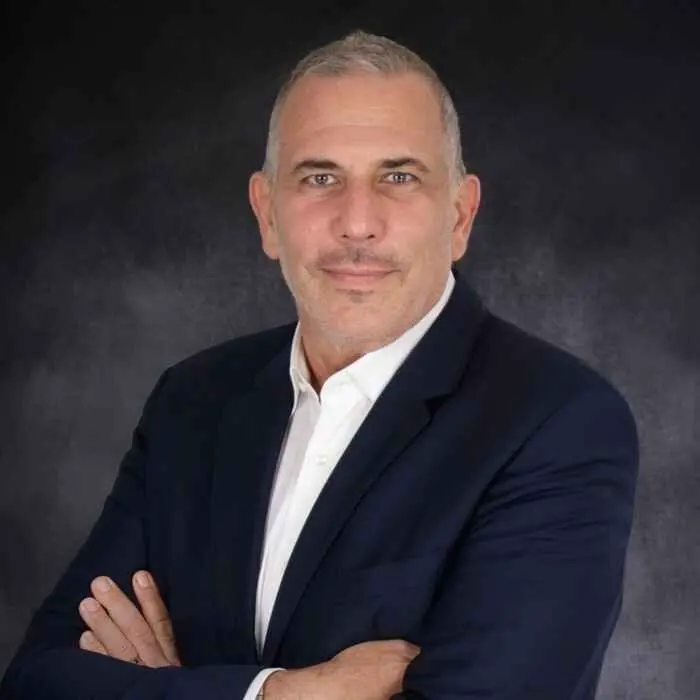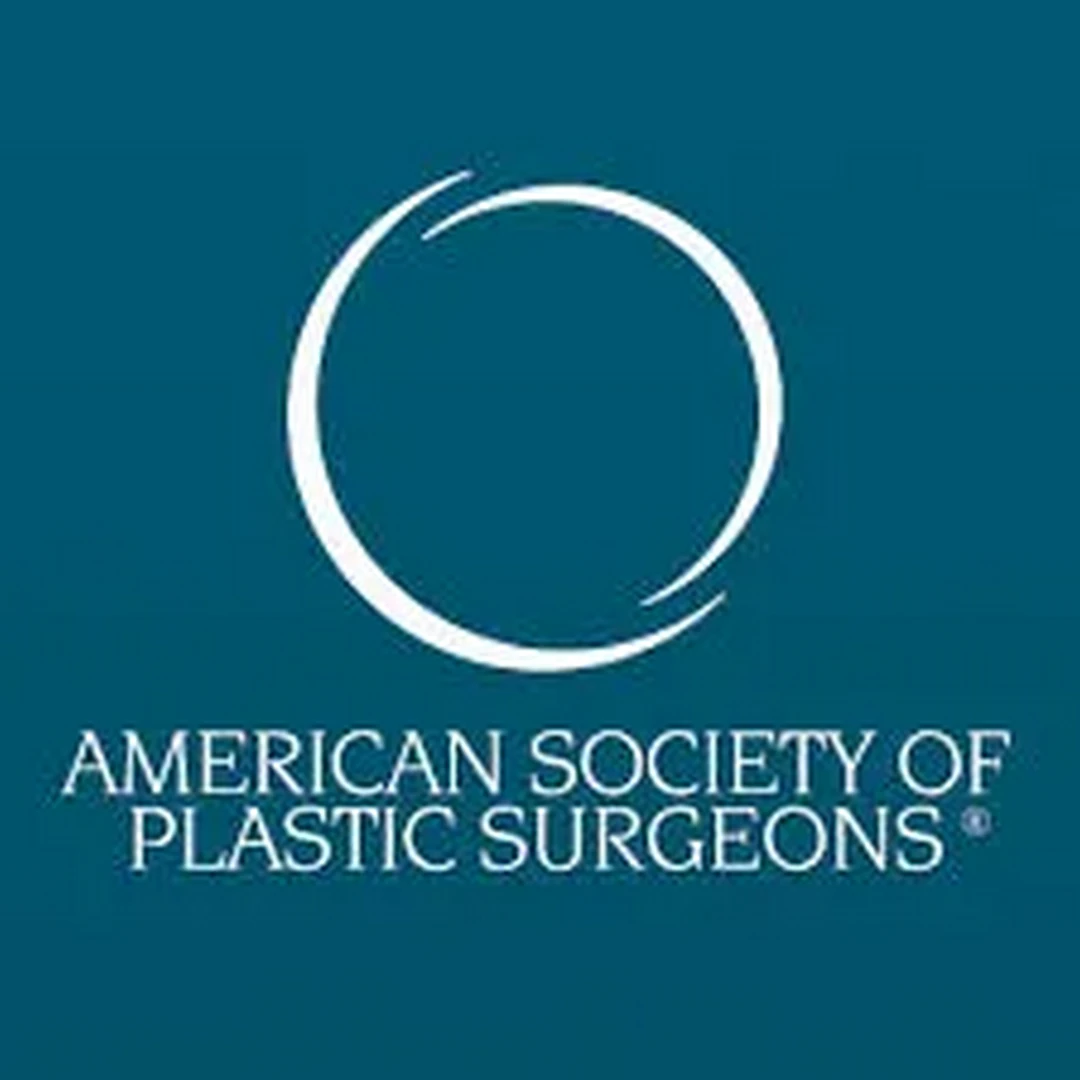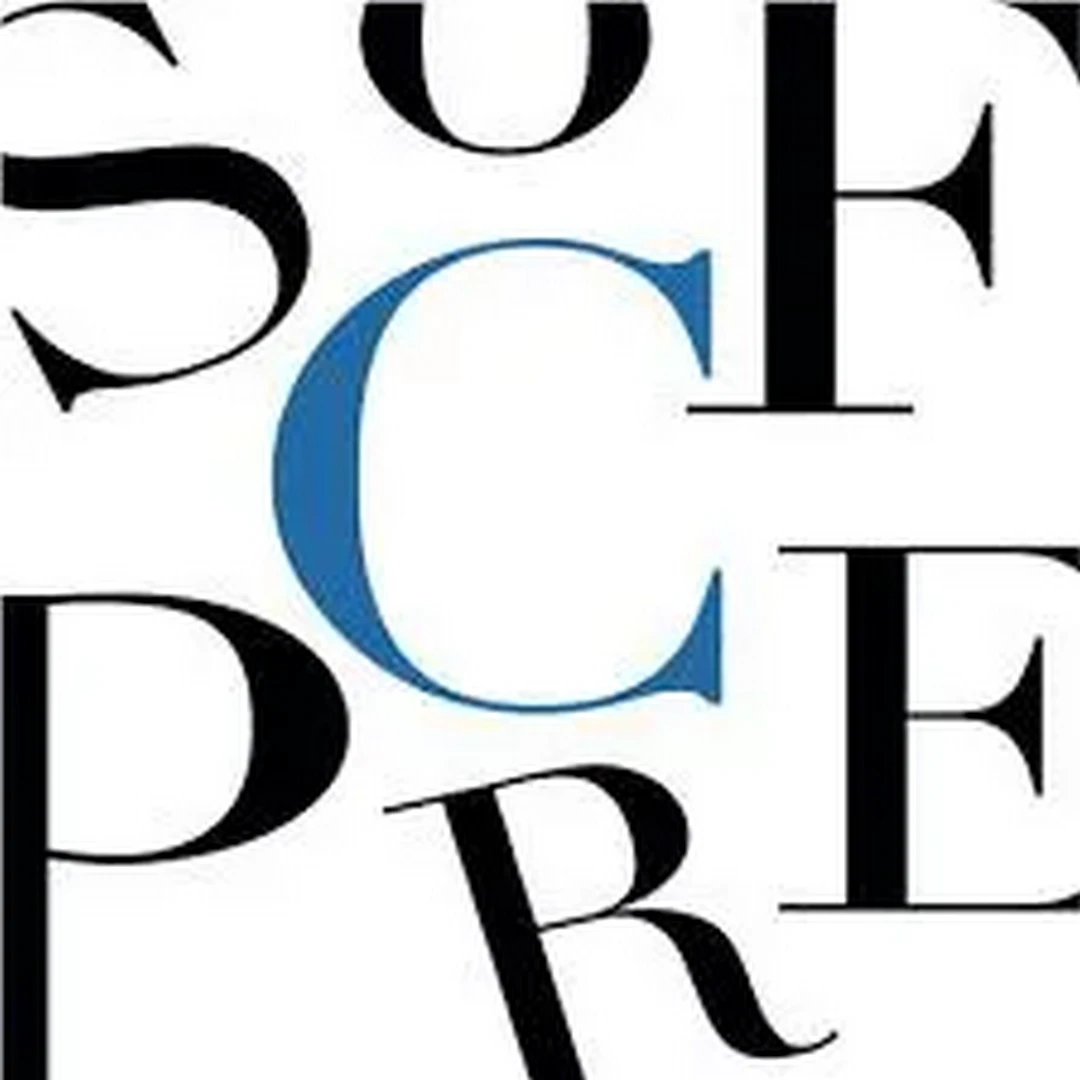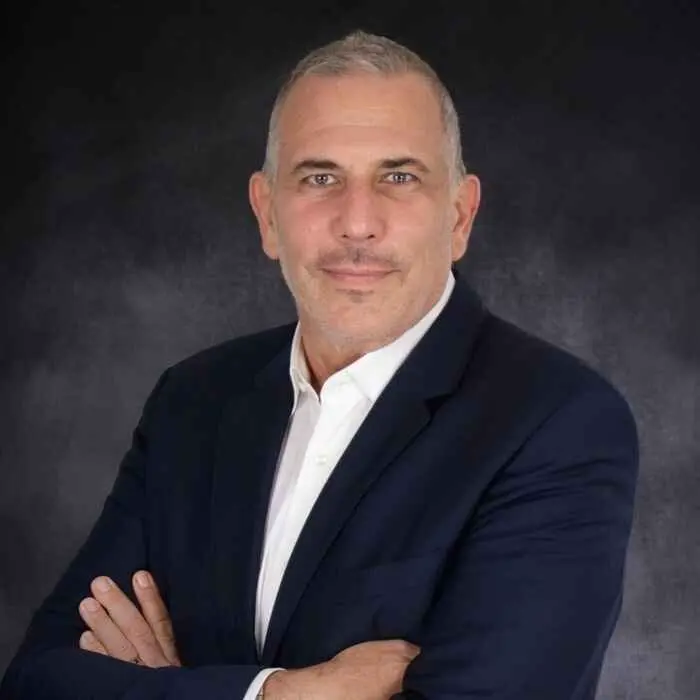- En /
- Aesthetic surgery /
- Mammary Reconstruction
MAMMARY RECONSTRUCTION
- Written by Dr. Franck Benhamou
- Publication date 21 novembre 2024
- Updated date 1 octobre 2025
The Surgery of Mammary Reconstruction
The intervention is meant to rebuild one or both breasts when a mastectomy (partial or total removal of the mammary gland, of areola and skin) due to cancer has been performed.
The surgery may take place either during the mastectomy or after operation and complementary treatments. The surgical intervention will give volume and shape to the breast and make it symmetrical to the opposite one. Most often reconstruction is performed a year after a mastectomy.
The choice of the more suited technique depends on particular cases and will be explained in the best way to the patient by the plastic surgeon.
A pre-op evaluation is necessary before surgery.
Classical general anesthesia is usually performed. An anaesthetist doctor must be consulted at least 48 hours before surgery.
A one (to four) day hospitalization is usually sufficient.
About the surgery of Mammary Reconstruction:
For the reconstruction of a breast by way of prosthesis, 3 procedures may be used (if the quality of the muscle and skin allows it):
Mammary reconstruction with a simple prosthesis:
An implant is placed under the major pectoralis muscle ; usually, the surgeon goes through the mastectomy scar.
Two types of prosthesis are used:
- − filled with saline solution.
- − filled with silicone gel.
The surgeon after a dialogue meeting with the patient, will decide on the form and type of the best suited prosthesis according to the case.
Latissimus dorsi muscle flap mammary reconstruction:
It is meant to reconstruct the breast using the “Latissimus dorsi muscle”, so that arm movements are not affected. This technique may sometimes be sufficient for rebuilding the breast, but, most often, to obtain the necessary volume, it has to be completed with an implant.
Usually, a prosthesis inserted under the major pectoralis muscle will be permanent. However it is sometimes necessary to place a temporary implant said “tissues and muscles expansion prosthesis ” in order to manage a pocket for the permanent prosthesis.
No-prosthesis reconstruction using Transverse Rectus Abdominis Muscle flap:
For that procedure, one or two abdominal muscle flaps are used as well as abdominal skin. The “Transverse Rectus Abdominis Muscle flap procedure” allows the rebuilding of one or both breasts without using prosthesis.
The contralateral breast will be made symmetrical at the same time.
For reconstruction of areola and nipple, it is better to wait about 3 months after the last intervention to obtain cicatricial stability.
The surgery may last from one to three hours according to the type of intervention. So that blood and collected secretions may be evacuated, it is usual to leave a drain (Redon drainage) in each breast until the day after surgery.
Post surgery effects:
This type of surgery is usually not painful granted a suitable Antalgic treatment is prescribed.
After 24 to 48 hours the dressing is removed.
Simple prosthesis:
A shaping bandage with bra type elastic bands is placed at the end of the intervention. When the first dressing is removed a firm supportive bra will be worn 24 hours a day for several weeks.
A one week convalescence must be considered and it is recommended to wait one or two months before going back to sports activities.
Latissimus dorsi muscle flap:
Usually lifting the arm is slightly difficult, but this problem will naturally fade away.
Daily dressings are usual until the end of hospital stay. Ecchymosis will fade away within one to two weeks.
A one week convalescence must be considered and it is recommended to wait one or two months before going back to sports activities.
Threads will be removed within two to three weeks after surgery.
Final result can be evaluated only after two to three months, as much for reconstruction itself than for symmetry.
Complications
After any kind of surgery, complications may occur, some due to the medical and or cosmetic act itself, others particular to the different stages of mammary reconstruction.
Good security practices can limit risks but do not suppress them.
Some risks, very exceptional hopefully, cannot be anticipated and may endanger the vital or functional prognosis (emboly, paralysis, septicemy…).
Anesthesia carries its own complications which will be explained to you when you meet with the anaesthetist doctor.
Risks specific to mammary reconstruction surgery:
Even if the post surgery effects are usually very simple, some of the possible complications linked to mammary reconstruction must be known:
Bad evolution of scars: it is normal that scars get thicker and redder during the first month. This aspect, linked to the inflammatory reaction of any closing up, takes twelve to eighteen months to get better and stabilize. Closing up may follow an abnormal evolution with thickening and swelling going on over a year. We speak of hypertrophic, even cheloid scars (they occur more often on black skins). They may occur in an unpredictable fashion and require specific treatment. It must be known that scars usually fade away and get less visible but don’t disappear.
Infection: most often contamination of a wound, scar or drain opening is not serious. Very scarcely are antibiotics necessary, but infection can be treated with frequent dressings. When there is a prosthesis, infection means it will have to be removed.
Haematoma: post surgery bleeding is almost unavoidable and gives way to ecchymosis (bruises) on the skin for one to two weeks. It may cause an haematoma with swelling and painful tightening. Sometimes there is a need for additional intervention to evacuate the haematoma and treat its causes. If bleeding is important, a blood transfusion may be necessary.
Necrosis: it is the lost of a more or less large skin zone that can affect cosmetics results (lost of skin, lost of the nipple). Tobacco smoking may be aggravating. This is why it is most recommended to stop smoking at least three weeks before and after surgery.
Fluids collection may occur in the area of the Latissimus dorsi muscle detachment, it may need to be drained.
Risks specific to mammary implants:
Creases or “wavy” aspect: it may happen that the implant envelope takes the aspect of “waves” palpable or visible in the lower part of the breast. This is because the prosthesis, to remain supple, is never fully filled up. This situation is most often noted when the initial glandular and skin envelope is weak.
Capsular contracture and fiber capsule: any kind of implant may cause the formation of a fiber capsule. This fiber membrane which forms around a foreign body to protect it may get thicker or recede, forming a capsular contracture (fiber capsule around the implant). Four grades of firmness, from normal unnoticeable aspect to severe distortion (breast is hard, round, stiff, and sometimes painful) may be noted. Additional surgery can correct the distortion.
Rupture and deflation: it may happen, after violent trauma or without any reason that the implant breaks or deflates. In this case, it is necessary to change it.
There is no “life time” for mammary prosthesis, the better is to re-operate only when a problem with the implants occurs.



